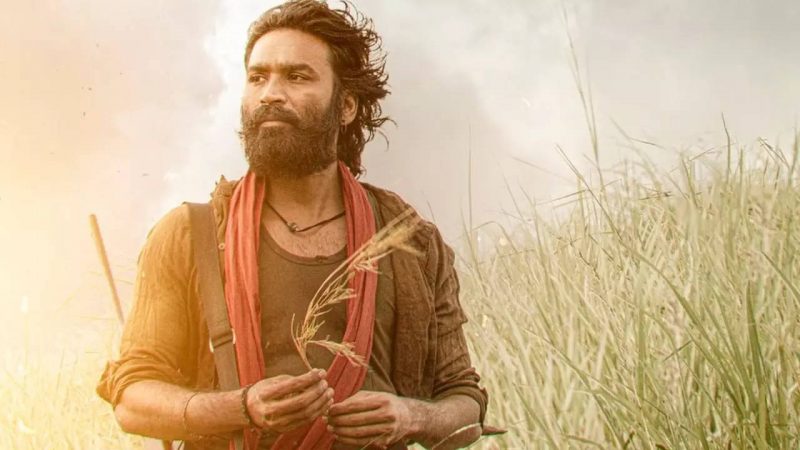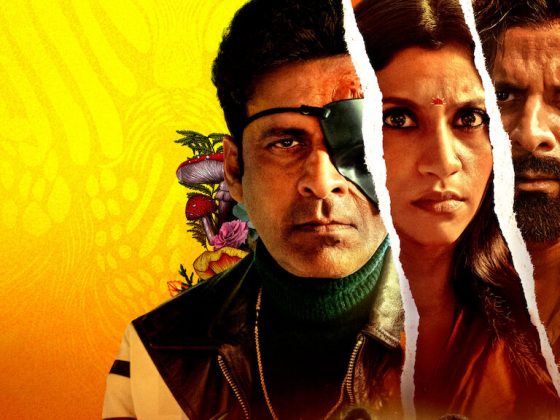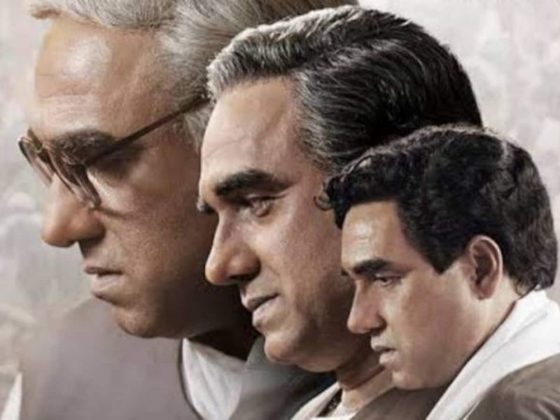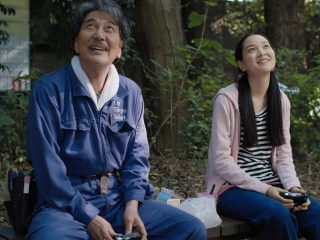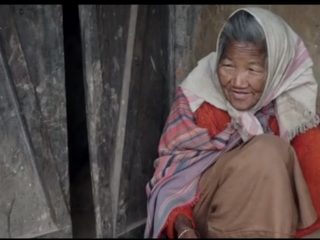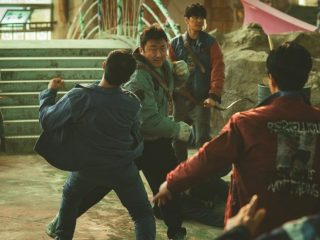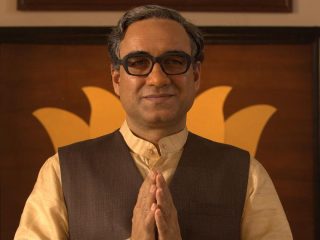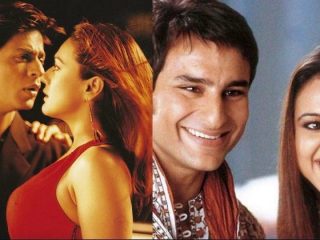Set in the colonial era India, Analeeswaran (Dhanush) aka ‘Eesa’, who goes by the nom-de-guerre ‘Captain Miller’, locks horns with his idealistic brother Sengolan (Shivraj Kumar) and joins the British Army against his wishes as he wants to get freed from the caste discrimination chains of his village. Some of the grave circumstances and choices he’s put forth to make him join an outlaw gang. The rest of the plot of Arun Matheswaran’s latest, Captain Miller, revolves around his self-discovery leading him to fight against the colonial forces.
Cinema of Arun Matheswaran
Arthouse violence is a rarely explored sub-genre in Tamil mainstream cinema. With his debut film, Rocky, released in 2021, Matheswaran delved into the arthouse violence subgenre. The film’s approach of gory and grotesque violence with strokes of poignancy created waves amongst the Tamil cinema connoisseurs that became an instant brand of cinematic promise. His sophomore outing, Saani Kaayidham, opened with polarizing reactions yet it cemented his name in the Tamil arthouse violence space.
When the news spread that his next outing is with actor Dhanush created a huge excitement amongst the audiences and the film was touted as an epic war drama based on the life of LTTE Black Tiger Valipuram Vasanthan. Due to its controversial subject, the subject was shelved by the producers and was changed to the colonial era of India. Thereafter, following multiple obstacles during production and post-production, the film eventually marched to the screens this past week.
The world of ‘Captain Miller’
From Akira Kurosawa’s Seven Samurai to the recent Zack Snyder’s Rebel Moon, the subgenre of ‘outlaws fighting against the colonial forces’ isn’t something new for cinema particularly Indian Cinema. The world of Captain Miller is set in the rustic rough terrains of South Tamil Nadu where the problem on hindsight is the colonial atrocities committed by the British colonial forces on the villagers but on the bigger picture the problem isn’t really about fighting the colonialism; its fighting the inherent caste discrimination imposed by the Zamindars of the village on the villagers. These two ideas of freedom presented in the film makes this world of the titular protagonist intriguing. Arun Matheswaran takes inspiration from Kurosawa-san’s Seven Samurai for developing this rebellious outlaw story and his camaraderie with the outlaw gang.
Even the looks of Dhanush in the film have a lot in semblance to actor Toshiro Mifune. Filmmaker blends the facets of Sergio Leone’s Spaghetti Western adventures and David Lean’s epic dramas where the actions and silences of the landscapes do the talking rather than the conversations. The film adds mythological prophecies to make this lore more interesting.
The outlaws and colonial forces
A character like ‘Eesa’ for Dhanush isn’t something new as he has done this messianic figure in films like Asuran and Karnan. Dhanush’s titular character goes through a tumultuous journey of identity crisis especially in the scene (reminiscent of ‘Full metal Jacket’) where he shoots the Non-violent Indian protestors for the first time it can be evidently seen how Dhanush easily sells the dilemma of ‘Eesa’. Over the course of the film, Eesa becomes the very thing he swore not to be and Dhanush presents a muscular and emotionally intelligent dimension to the character. It won’t be an overstatement that Dhanush literally and physically shouldered the film like the ‘Eagle’ he carries.
The outlaw ensemble of Elangovan, Niveditha Sathish and the other cast members register in our minds with sharp dialogues on anti-establishment. Jayaprakash, John Kokken, Kaali Venkat, Priyanka Arunmohan and Aditi Balan do put up a decent job the film requires. Shivraj Kumar as the rebel brother, Abdool Lee as ‘Stephen’ and Sundeep Kishan as ‘Captain Rafi’ steal the spotlight even with a minimal presence providing their moment of ‘Red Dead Redemption’. Mark Bennington and Edward Sonnenblick do come off as the usual caricaturist British officers yet do the same with full conviction.
Practical Effects Supremacy
When supposed big-budget ‘epics’ failed to justify the grand scale, with just mid-budget Captain Miller justifies its grand scale narrative. Being a period drama, the intricate production design by Tha. Ramalingam and costume design by Poornima Ramaswamy adds the indigenous authenticity pertaining to the setting. The stunt choreography of Dhilip Subbrayan captures the mad and unhinged energy this world presents in the first place. Instead of opting for CGI, the team has opted to go for full-on practical effect adding a raw realism to it esp. the interval chase/heist sequence and the slew of battles in the last act had an energy reminiscent of Lawrence of Arabia and Mad Max Fury Road.
The attention to detail with the use of firearms Siddhartha Nuni’s lenses uses a wide-range of wide-angle shots, drone shots for the macro-cosmos of landscapes and tight closeups for capturing the micro-cosmos of emotions. Using a lot of inter-cuts, Nagooran’s editing accompanies this multi-layered episodic narrative by changing different aspect ratios to represent different time periods. The background score of GV Prakash Kumar uses a different variety of instruments to amplify the most ordinary scenes in an extraordinary way.
The Bruises In The Skin
Just like bruises in the skin, Captain Miller too has its flaws for this period adventure drama. While the character of Eesa is designed as an enigmatic one, the emotional stakes with his mother could have been fleshed out well to make this drama cathartic. The world of the film offers a lot of interesting aspects yet the geography and the dynamics between the outlaw gang and their acquaintance organizations could have been established slow and steady. While the caricaturist nature of the British officers adds much menace for the narrative, the Zamindar characters of Jayaprakash and John Kokken lead only to confusion and frustration at certain points.
The world of Captain Miller, being an amalgamation of lot of historical events, has a huge potential to be an intellectual property like the famous Samurai/Outlaw adventure film franchises. The makers have already planned a prequel as well as a sequel for the film. I wish the makers would explore the chances of expanding this material into a graphic novel series/video-game/anime of sorts giving a western styled adventure for our land connecting real and reel history. In a nutshell, Arun Matheshwaran’s Captain Miller revives the spirit of adventure drama that has been missing in Tamil cinema for a very long time, thus making a majestic march forward in muscular and spectacle filmmaking.

